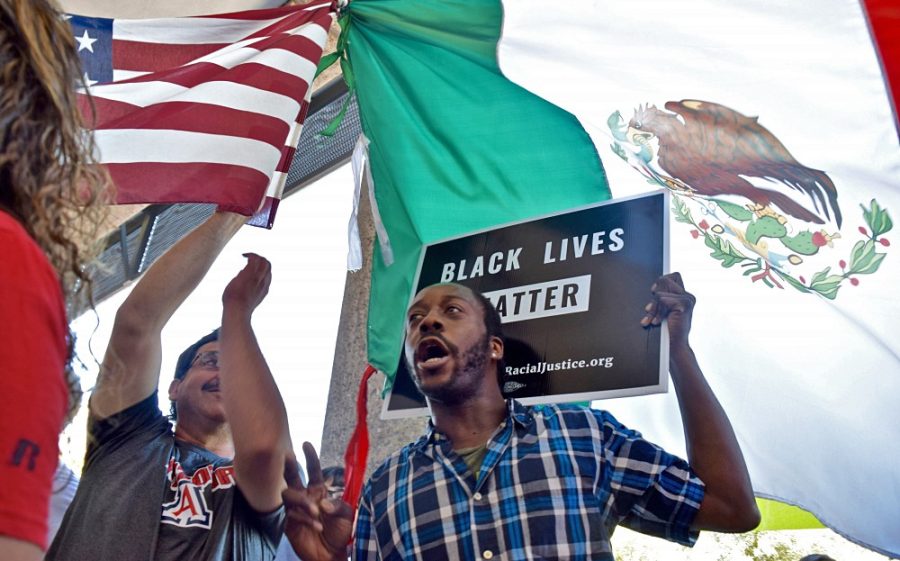Is this Arizona’s year to go blue? The answer from me is, it very well could, depending on if the new majority decides to vote or not.
For as long I have been alive, Arizona has always been a red state. I can’t remember a time when the state government wasn’t controlled by a Republican majority. However, with the demographics changing, this could put everything we know about Arizona politics on its head.
RELATED: Going for the Gold
The group that could change everything in 2018 are the Latino voters in Arizona.
According to Politico, in the 90s and early 2000s Republicans had over 40 percent of the Latino vote. However, many point to SB1070 as the beginning of ethnic polarization in Arizona. Now, the Trump era has forced the Latino voter base to question their lack of representation within Arizona politics, especially this election cycle.
Nowadays, people are reclaiming their heritage. According to Politico, David Garcia, the Democrat up against Governor Doug Ducey in this election, believes that the younger generation of Arizona Latinos is far more ethnically conscious than their parents and grandparents.
The state is getting far more ethnically polarized, like many states south of the Mason-Dixon line.
Caucasians are trending far more Republican, while Latinos tend to vote Democrat. According to Politico, the median age of Latinos in Arizona is 27, while whites are roughly 20 years older than their Hispanic counterparts.
So, in a state that has always largely been controlled by white retirees, the everlasting border debate and racist laws such as SB1070 — which hasn’t been repealed, by the way — may be what spurs a new generation of voters into finally turning Arizona blue.
The other issue that could turn the tide is education. Arizona ranks low in education, with some metrics like WalletHub putting Arizona second from the bottom. School funding per pupil is the second lowest in the nation. Teachers are some of the lowest paid, and TUSD in particular has made both local and national news for various issues pertaining to corruption and student walkouts a few years ago.
Propositions, like 305, that impact Arizona’s public schools contribute to the rising tide of Democrats in Arizona after the teacher strike that occurred earlier this year.
Another factor that should really bring Democrats to the polls is the amount of women running for office in Arizona. In the primary, 20 of 43 Arizona candidates running for national office were women, about 46.5 percent. An even higher percentage made it to the general election, 9 of 19, or 47.4 percent. Many of these candidates, like District two’s Lea Marquez Peterson, are Republican, so people on both sides could be motivated to vote. However, Democrats’ commitment to gender equality could mean that they are pulled to the polls in larger numbers than their republican counterparts, contributing to a larger blue wave.
RELATED: Voting in Arizona: Know your rights
In a state that had its first-ever statewide walkout this year, people are becoming more and more tired of a Republican government that routinely shafts young people and minorities alike in these failing schools. Actions such as these point to a slow transition to a bluer government.
Of course, the only way to actually turn Arizona blue is if Democrats go out and vote. We know retirees will show up at the polls in masses. While in theory Arizona could go blue, it all depends on how many Democrats show up at the polls.
The demographic shift coupled with the severity of Arizona’s education problems demonstrate the beginnings of change. Only time will tell, but Arizona has a good chance of finally turning blue in 2018.
Follow Anika Pasilis on Twitter









